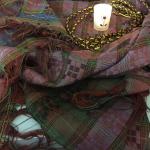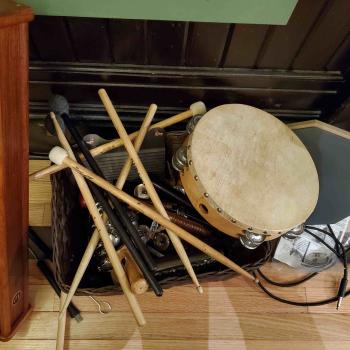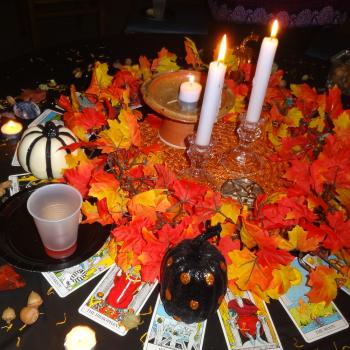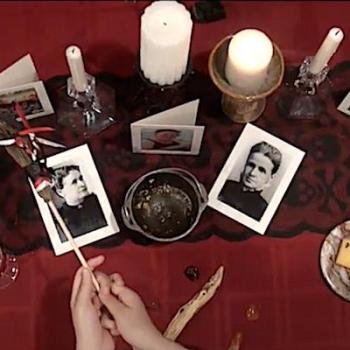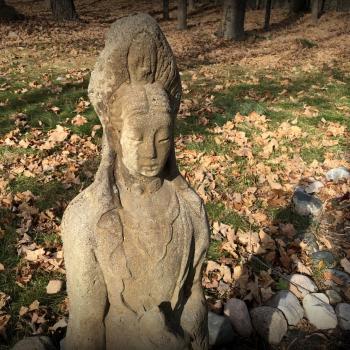Unity, Peace and Creativity
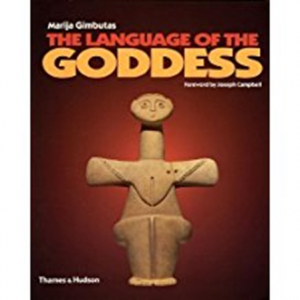 The words of Prof. Gimbutas best present her findings about the spirituality of this era. In her book The Language of the Goddess published in 1989 she says: “The Goddess in all her manifestations was a symbol of the unity of all life in Nature. Her power was in water and stone, in tomb and cave, in animals and birds, snakes and fish, hills trees, and flowers. Hence the holistic and mythopoeic perception of the sacredness and mystery of all there is on Earth.”
The words of Prof. Gimbutas best present her findings about the spirituality of this era. In her book The Language of the Goddess published in 1989 she says: “The Goddess in all her manifestations was a symbol of the unity of all life in Nature. Her power was in water and stone, in tomb and cave, in animals and birds, snakes and fish, hills trees, and flowers. Hence the holistic and mythopoeic perception of the sacredness and mystery of all there is on Earth.”
Peace and non-violence were characteristics of these cultures. Maria Gimbutas says in The World View of the Culture of the Goddess excerpted from The Language of the Goddess: “This culture took keen delight in the natural wonders of this world. Its people did not produce lethal weapons or build forts as their successors did, even when they were acquainted with metallurgy. Instead, they built magnificent tomb-shrines and temples, comfortable houses in moderately-sized villages, and created superb pottery and sculptures. This was a long lasting period of remarkable creativity and stability, and age free of strife. Their culture was a culture of art.”
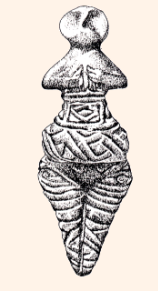 Joseph Campbell, in his foreword to the Language of the Goddess, contrasts the religious beliefs of societies that Gimbutas describes with later Father-Creator ones. He says: “Marija established the themes of a religion that venerated both the Universe as the living body of a Goddess-Mother Creator and of all the living things within it as partaking of Her divinity – a religion in contrast to that of Genesis 3:19 where Adam is told by his Father-Creator: ‘In the sweat of your face you shall eat bread till you return to the ground, for out of it you were taken; you are dust and to dust you shall return.’ In this earlier mythology, the earth out of which all these creatures have been born is not dust by alive, as the Goddess-Creator herself.”
Joseph Campbell, in his foreword to the Language of the Goddess, contrasts the religious beliefs of societies that Gimbutas describes with later Father-Creator ones. He says: “Marija established the themes of a religion that venerated both the Universe as the living body of a Goddess-Mother Creator and of all the living things within it as partaking of Her divinity – a religion in contrast to that of Genesis 3:19 where Adam is told by his Father-Creator: ‘In the sweat of your face you shall eat bread till you return to the ground, for out of it you were taken; you are dust and to dust you shall return.’ In this earlier mythology, the earth out of which all these creatures have been born is not dust by alive, as the Goddess-Creator herself.”
Another source of information and inspiration on the relationship between ancient cultures and modern concerns is the works of Riane Eisler which are offered on her website Center for Partnership Studies .
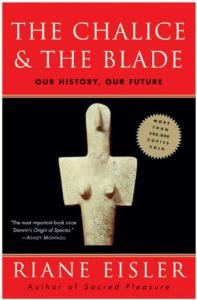 The bestselling book Chalice and the Blade by Riane Eisler is now celebrating its 30th anniversary and has been republished with a new epilogue by Eisler. It discusses these ancient cultures and their relevance today. Other books by Eisler, including the The Real Wealth of Nations: Creating a Caring Economy, take up the concerns of those who have been marching and organizing around modern day concerns.
The bestselling book Chalice and the Blade by Riane Eisler is now celebrating its 30th anniversary and has been republished with a new epilogue by Eisler. It discusses these ancient cultures and their relevance today. Other books by Eisler, including the The Real Wealth of Nations: Creating a Caring Economy, take up the concerns of those who have been marching and organizing around modern day concerns.



